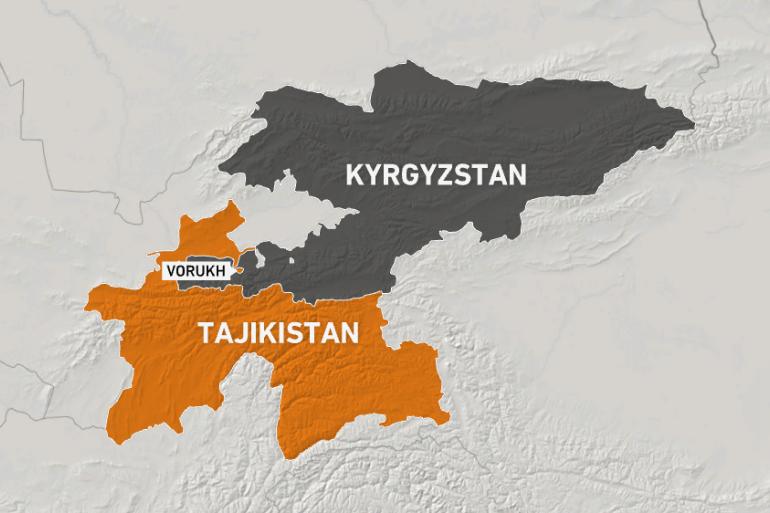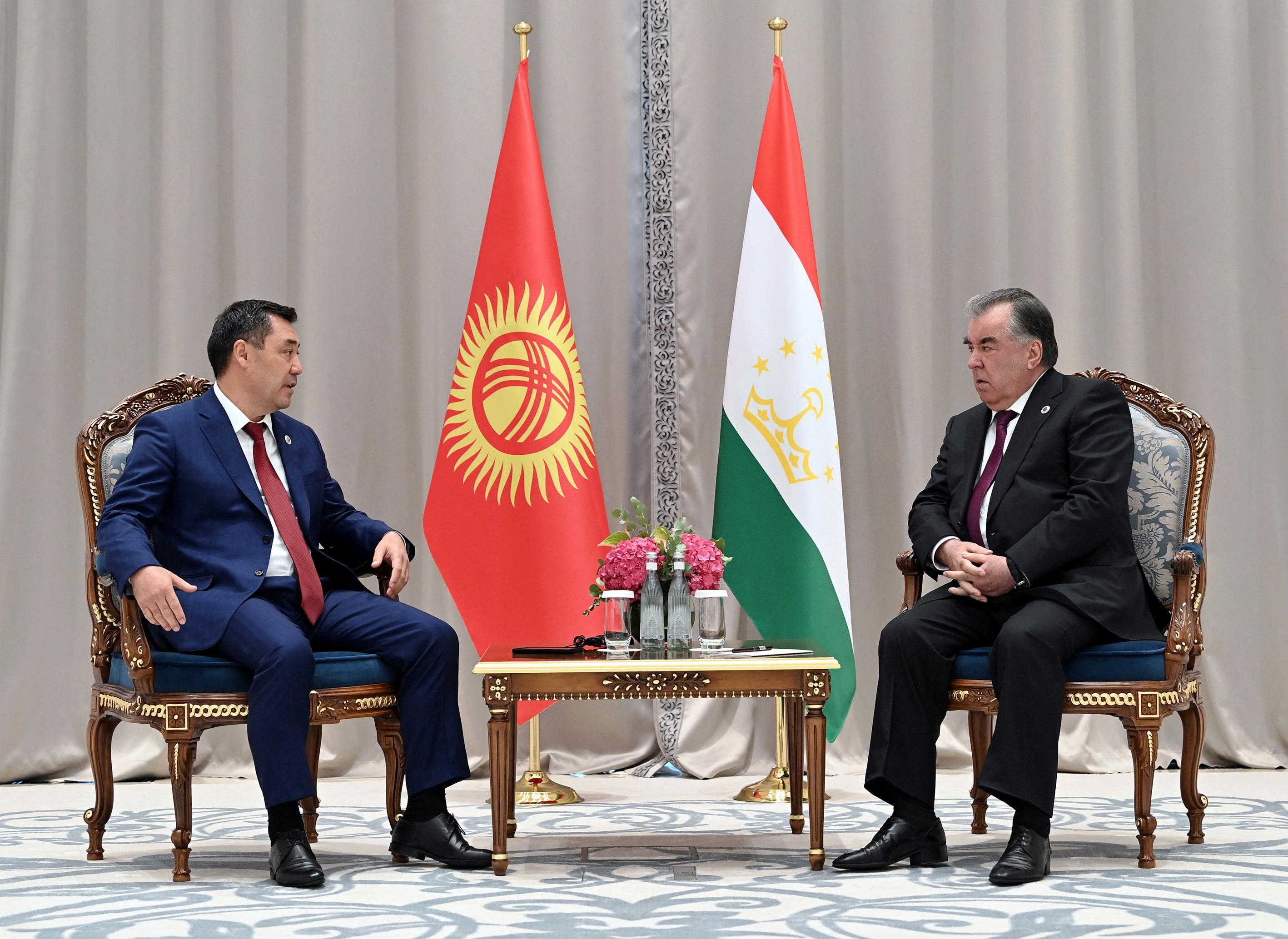Tajik-Kyrgyz border accord could set good precedent for post-Soviet region End of endless dispute?
On December 1, two Central Asian neighbouring countries, Kyrgyzstan and Tajikistan, reached an informal agreement about arrangements for the Tajik exclave of Vorukh. The agreement could end the military conflict between the two countries and serve as a precedent for other post-Soviet states.
The new accord specifies that the exclave will continue to exist and that there will be unimpeded transportation and communication corridors between Vorukh and Tajikistan.
The heads of the countries’ state security bodies announced the agreement in a joint briefing in Kyrgyzstan hours after Kyrgyzstan’s border guard service said Tajik troops opened fire on Kyrgyz vehicles on their side of the border on November 30.
What occurred in September 2022 appears more like an interstate conflict following a military incursion involving heavy weapons in which civilian property and infrastructure appear to have been deliberately targeted. Besides the 984-kilometre-long border, of which only 504 km are demarcated, Kyrgyzstan hosts two Tajik exclaves, Vorukh and Kayragach.

During the dramatic events in September 2022, the Tajik and Kyrgyz forces used heavy artillery and tank units to counter each other in the disputed area. According to the local media, about 18,500 people have already left the area.
While both parties accused each other of deliberate shelling of civilian settlements, Tajikistan accused Kyrgyz forces of shelling an outpost and seven villages with "heavy weaponry" in the same area, which is famous for its jigsaw-puzzle political and ethnic geography and became the site of similar hostilities last year, also nearly leading to a war.
Especially since the violent outbreak, the region’s border has been tense. The disputes are causing multiple conflicts over the access and use of natural resources such as water for irrigation purposes and pasture grounds for grazing animals.
Despite high regional tensions, in 2021, Kyrgyzstan reached a border accord with Uzbekistan by exchanging small parcels of land, though something similar could not worked out between Kyrgyzstan and Tajikistan regarding Vorukh. Although the Kyrgyz-Tajik border is the location of regular clashes of various scales and gravity, in this case, it appears to be an act of aggression by Tajikistan against Kyrgyzstan.

Judging by the sheer scale of the operation, the amount of heavy military machinery, and the number of army troops, it appeared to be a deliberate and planned Tajik military operation.
Nevertheless, on December 5, the Kyrgyz government announced that topographic working groups agreed on 24.01 km of the Kyrgyz-Tajik state border. These are significant breakthroughs for a conflict that had turned bloody just over a year ago. Both neighbouring states witness a very fragmented geopolitical landscape, particularly amid Russia's invasion of Ukraine that left a security gap behind in Europe, Caucasus, and Central Asia.
Both Kyrgyzstan and Tajikistan host Russian military bases and are members of the Russian-led Collective Security Treaty Organization (CSTO). With the war in Ukraine sapping Russian military and political resources, Moscow is limited in projecting its security influence on Central Asia.
Unsurprisingly, Russia's distraction from the Ukraine war paved the way for the re-emerging of new regional powers, such as China and the European Union (EU). Both actors put enormous efforts into deepening engagement with the landlocked region.

As for China, it has been increasing its defence cooperation with Tajikistan, especially in strengthening the Afghanistan-Tajikistan border since the Taliban's return to power in August 2021. Both Kyrgyzstan and Tajikistan are heavily reliant on Chinese infrastructure investments. Sixty per cent and 42.9 per cent of Tajikistan and Kyrgyzstan's total external debt, respectively, is owed to the state-run Export-Import Bank of China.
Although China maintains a key partner role in the region, both states appealed to Moscow to act as a mediator and security guarantor in a bid to prevent further deadly escalations. Consequently, with the help of Russia and other regional states, Bishkek and Dushanbe quickly restored diplomatic dialogue to address concerns regarding border demarcation/delimitation.
On the Tajik side, the regime has been militarising the border for a long time. Furthermore, Tajikistan has received military training and aid on a large scale, including from Chinese, Russian, Iranian, and American forces concerning Afghanistan.
While relatively successful, the Kyrgyz-Tajik border accord could set a valuable precedent for other post-Soviet states, namely the Azerbaijan-Armenia exclave problem. However, for positive outcomes, local governments need to intensify the work of intergovernmental commissions with a clear agenda.








